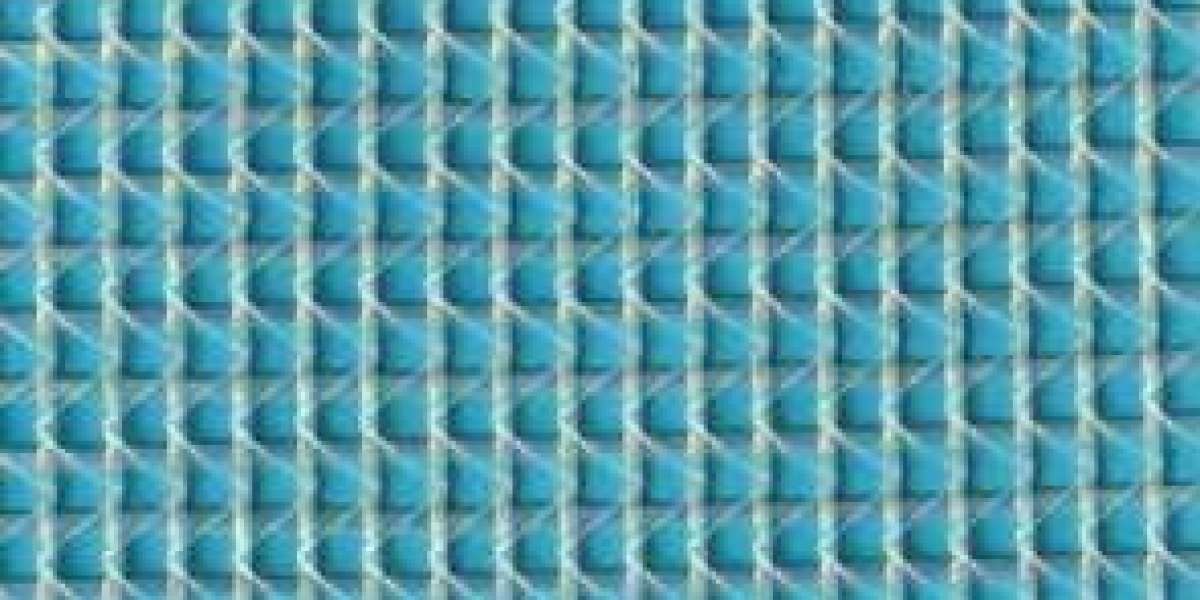In warp knitting, yarns are supplied to the knitted fabric parallel to the weaving direction of the fabric (also known as the wale direction). Each needle in the needle bar is fitted with its own separate yarn, which is deflected laterally between the needles in order to form the fabric and interlock the threads and create a zigzag pattern. The warp-knitted structure consists of two main parts. The first part is the stitch, which involves wrapping the yarn around the needle and pulling it through the previously formed loop. This way of wrapping the yarn is called lapping. Its job is to prepare the yarn for the new needle's knockout displacement.
The second part of the structure involves joining the yarns together. This is called underlapping. The length of the underlap is an important factor in warp knitting. If the bottom lap is longer, it increases widthwise stability and strength. On the other hand, a shorter bottom lap reduces the transverse strength and stability of the fabric but increases its strength along its axial length. The underlap also affects the weight of the fabric. A longer underlap means more yarn is used in the interlock. Each stitch will cover more of the wales. As a result, it increases overall weight and has a thicker, denser fabric quality.
In 1855, the circular loom principle was combined with the warp knitting principle. Combining these principles gave birth to the Raschel machine, which is used to make the most modern machine-made lace. Raschel knits are not very elastic, resulting in very bulky fabrics. These are mainly used to make inner linings of coats, jackets, dresses, etc. These materials can also be made from different types of yarns to create designs. Raschel fabrics also come in a variety of densities and tightness.
Stitch knitting is the unique king of warp knitting. It is the method of choice for the production of composites and technical textiles, mainly because it is very efficient. This method consists of multiple layers of fabric and thread. The layers are connected to each other by knitting threads. This creates a hierarchical structure known as multiple layers. Fabrics made by sewing can be used in aviation and wind power generation. Reinforced concrete is also an avenue whose use is being explored. With advantages such as increased productivity and the scope to create complex textiles, it can be used to produce fabrics using sensitive materials such as carbon and glass with little setbacks.
Haining Jingda Cloth Industry Co., Ltd. is a garment fabrics manufacturer, whose main products are high-tenacity polyester fabric, etc. Welcome to consult!







